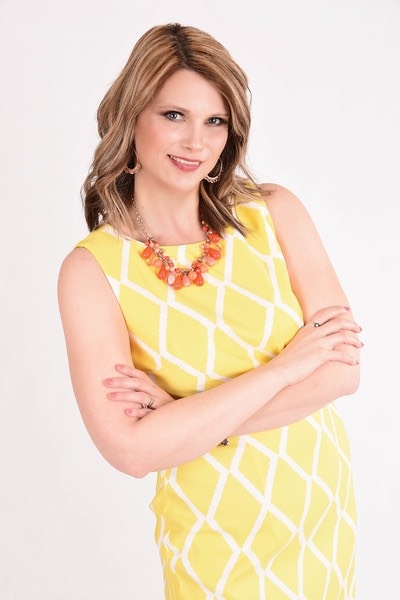Continued...
To benefit from art therapy, it is not necessary to have prior experience. Children are encouraged to use creative activities in whatever ways support them best. Below are three art therapy activities to try at home.
- Tactile Project. Young children love to explore through touch, and in fact this is one of the prominent ways little ones learn about the world and find comfort. Therefore, this activity is particularly beneficial to younger children. To facilitate this project, you’ll need glue, cardstock paper or cardboard, and various pre-cut fabrics such as cotton, felt, velvet, silk, etc. Ask your child to explore the fabrics, paying attention to the fabrics that feel good and to the fabrics that feel bad to them. Allow her to take her time selecting the pieces she wants to display on the cardboard. Explain that she will create a collage on the cardboard of her favorite materials, building it up as much as she likes to create a soft sculpture.
- Paint your emotions. For this activity, you’ll need a canvas or large sheet of heavy paper, tempera or acrylic paint, paintbrushes, and various styles of music. To begin, discuss the many different emotions we feel on a daily basis. Discuss how colors make us feel and about the different types of lines such as jagged, squiggly, and straight. Warm up by asking your child to draw happy lines, mad lines, excited lines and then use happy colors, sad colors, etc. Next, play music and ask your child to “paint their feelings” as they listen. After several minutes, switch the music and see how the painting changes. There is no right or wrong way to do this as it is all very intuitive.
- Draw an anger monster (or an anxiety monster or sad monster, etc.). This is one of Reinhardt-Ruprecht’s favorite activities with her clients. Ask your child to picture in his mind what anger looks like and then draw it on paper. Reinhardt-Ruprecht says by doing this activity, anger gets to have it’s own activity. By bringing it out and looking at it, we can then figure out what it needs.
Art therapy and all forms of creative expression are not only important for children, but for adults as well. When is the last time you let your creative juices flow? Allow yourself some time for creative self-expression and try out one or more of these art therapy activities as well.
Sources:
- https://positivepsychology.com/art-therapy/
- https://kinderart.com
- https://www.intuitivecreativity.typepad.com
- https://www.pbs.org/wholechild/providers/play.html
- https://www.weareteachers.com/art-therapy-activities/

Rebecca Eanes is the bestselling author of multiple books including Positive Parenting: An Essential Guide, The Positive Parenting Workbook, and The Gift of a Happy Mother. She is the grateful mom of two boys.
